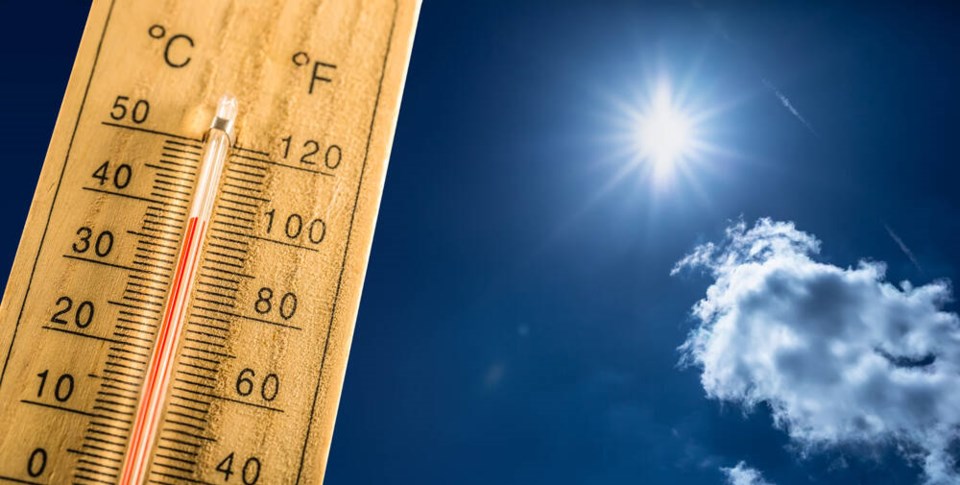New Westminster families should learn more next week about how School District 40 plans to handle potential school closures in the event of extreme heat.
New administrative procedures around school closures are expected to be presented at the June 20 school board meeting.
Superintendent Karim Hachlaf, updating trustees at their June 6 operations committee meeting, said secretary-treasurer Bettina Ketcham and her department have been in discussions with the administrative teams at the district’s schools to help craft new language around school closures in the event of extreme heat. As it stands now, the district’s procedures on weather-related school closures are focused on winter weather rather than summer.
Hachlaf has previously pointed out that school closures would be a rare circumstance — such as what happened in 2021, when the heat dome that hit B.C. caused temperatures in New West to soar past 40 C and led to school closures in the final week of classes.
The discussion around heat in schools has been a hot topic at school board for the past month, since a mid-May heat wave saw temperatures in some classrooms in the range of 28 C to 33 C.
The hot temperatures have been a particular challenge for classrooms in portables and for those at the district’s two newest schools, Skwo:wech Elementary and New Westminster Secondary.
No New Westminster schools are air-conditioned.
Dave Crowe, SD40’s director of capital projects, said the current challenges stem from the fact that, for decades, schools have been built to a standard that anticipates a maximum temperature of 29 C, and HVAC systems have been designed accordingly.
The problem is, he noted, that the Lower Mainland is now regularly seeing temperatures in the 30s, even reaching into the mid-30s.
In future, he said, new schools will be built to a standard that anticipates a maximum of 35 C.
“It’s no secret that we’re faced with temperatures right now that are 10 to 15 degrees higher than what we’ve ever experienced before,” he said. “So years ago, cooling was never talked about. … Now it’s extremely front and centre.”
All future schools, he said, will incorporate at the minimum “passive cooling” and, at maximum, actual air conditioning.
In the meantime, the district has been working on ways to help keep its existing schools as cool as possible — including having discussions with the Ministry of Education and Child Care about retrofitting the two newest schools with cooling capabilities.
Follow Julie MacLellan on Twitter @juliemaclellan.
Email Julie, [email protected]





